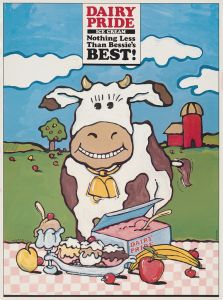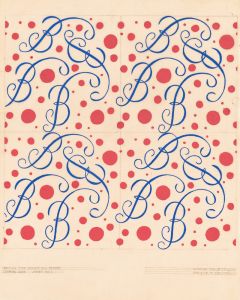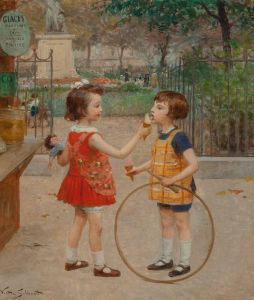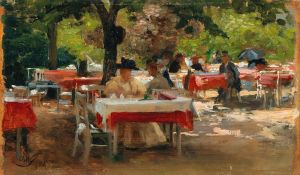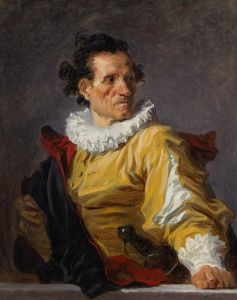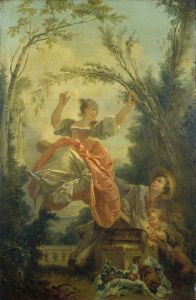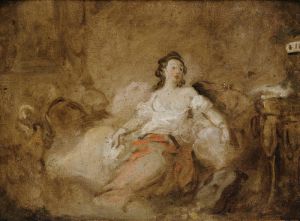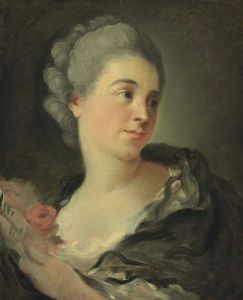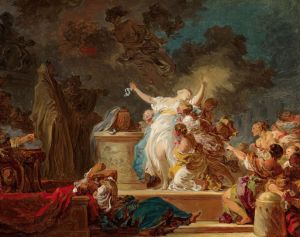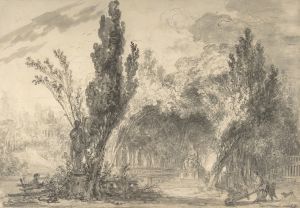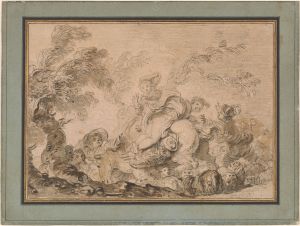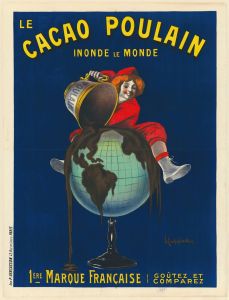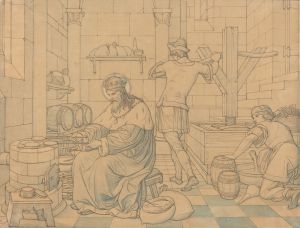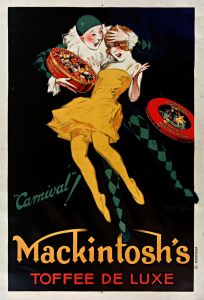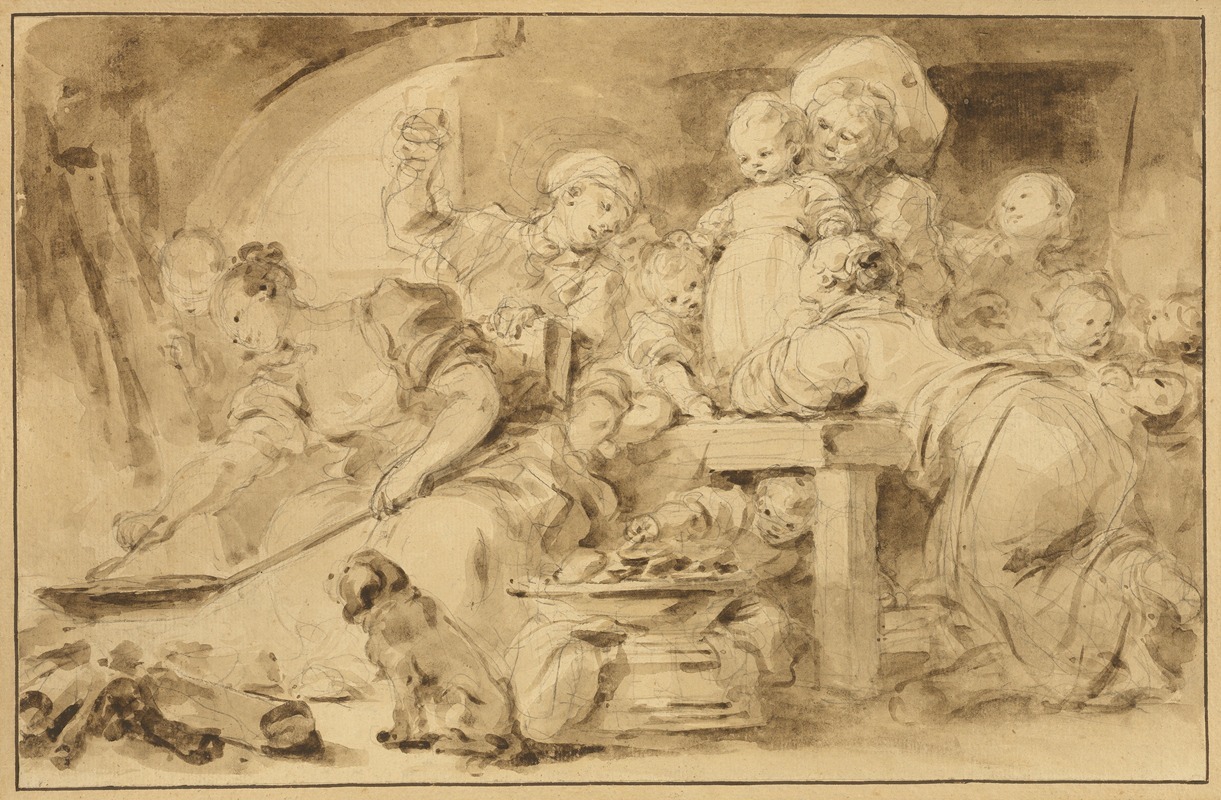
Making Fritters
A hand-painted replica of Jean-Honoré Fragonard’s masterpiece Making Fritters, meticulously crafted by professional artists to capture the true essence of the original. Each piece is created with museum-quality canvas and rare mineral pigments, carefully painted by experienced artists with delicate brushstrokes and rich, layered colors to perfectly recreate the texture of the original artwork. Unlike machine-printed reproductions, this hand-painted version brings the painting to life, infused with the artist’s emotions and skill in every stroke. Whether for personal collection or home decoration, it instantly elevates the artistic atmosphere of any space.
Jean-Honoré Fragonard was a prominent French painter and printmaker whose works are often associated with the Rococo style, characterized by its ornate and playful themes. One of his lesser-known works is "Making Fritters," a painting that exemplifies his skill in capturing everyday life with a sense of charm and intimacy.
"Making Fritters" is a genre painting, a category that focuses on scenes of everyday life. Fragonard, known for his ability to infuse such scenes with a sense of lightness and vivacity, brings this talent to the fore in this particular work. The painting depicts a domestic scene where figures are engaged in the activity of making fritters, a type of fried pastry. This subject matter is indicative of Fragonard's interest in the quotidian aspects of life, presenting them with a sense of warmth and approachability.
The composition of "Making Fritters" is notable for its dynamic arrangement and the way it guides the viewer's eye through the scene. Fragonard employs a soft color palette, typical of the Rococo style, which enhances the painting's inviting atmosphere. The figures are rendered with a sense of fluidity and grace, capturing the movement and interaction between them. This attention to detail and the lively depiction of the figures are hallmarks of Fragonard's work, reflecting his mastery in conveying emotion and narrative through visual art.
Fragonard's technique in "Making Fritters" demonstrates his adept use of light and shadow to create depth and texture. The interplay of light across the figures and objects in the scene adds a three-dimensional quality to the painting, drawing viewers into the intimate setting. This use of chiaroscuro, the contrast between light and dark, is a testament to Fragonard's skill in manipulating visual elements to enhance the storytelling aspect of his work.
While "Making Fritters" may not be as widely recognized as some of Fragonard's other paintings, such as "The Swing" or "The Progress of Love" series, it nonetheless offers insight into his artistic range and the thematic diversity of his oeuvre. The painting serves as an example of how Fragonard could elevate simple, everyday activities to subjects worthy of artistic exploration, imbuing them with a sense of elegance and joy.
In the context of Fragonard's career, "Making Fritters" aligns with his broader body of work that often celebrated the pleasures of life, whether through depictions of romantic encounters, playful scenes, or domestic tranquility. His ability to capture the essence of his subjects with such vibrancy and affection has secured his place as one of the leading figures of the Rococo movement.
Overall, "Making Fritters" is a testament to Jean-Honoré Fragonard's talent in portraying the beauty of everyday life, using his distinctive style to transform a simple culinary activity into a scene of artistic significance.





